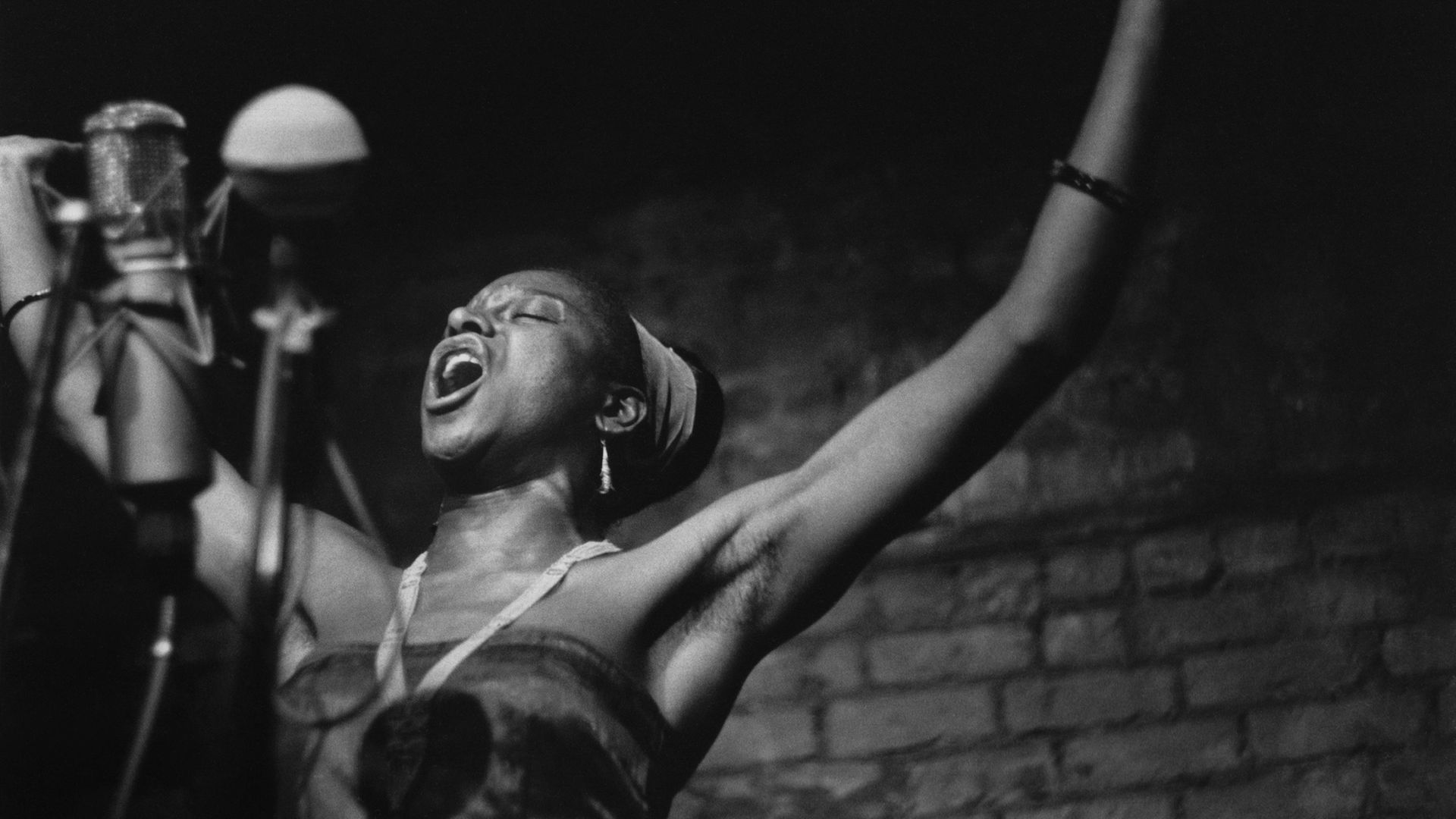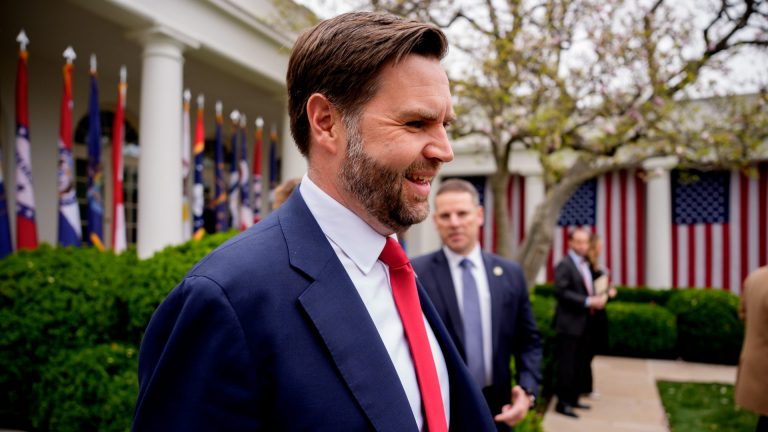
SOPHIA DEBOICK on the music of Johannesburg and its undisputed queen, Mama Africa
Johannesburg was a city built on gold, springing up rapidly after precious metals were discovered there in the 1880s, but it became a byword for impoverishment. Soweto in particular, originally a mine workers’ encampment and later one of the places black Jo’burgians from the city centre were forcibly relocated to under apartheid, became a symbol of oppression and enforced poverty. But Johannesburg was also the cradle of music which uniquely mixed a joyful celebration of life with an angry confrontation of political and social realities.
After the wars between the British and the Boers had ended, American musical styles arrived in Johannesburg with visiting musicians and by the 1920s gospel and ragtime were being integrated with indigenous music to produce the repetitive three-chord marabi. Despite the pass laws of 1923 restricting the movements of black South Africans and curfews and alcohol bans being imposed, the marabi was played at illicit gatherings in places like Sophiatown, the Johannesburg neighbourhood that was a centre of black urban culture.
In the post-war period, marabi had become referred to as ‘jive’, and American jazz and swing music became a major influence on the music of Johannesburg, both imitated by combos like the Harlem Swingsters and integrated with marabi to become ‘African Jazz’. Jazz singers like Zimbabwean Dorothy Masuka and Sophiatown’s own Dolly Rathebe, star of the first African feature film, Jim Comes to Jo’burg (1948), found both the live audiences and recording opportunities to launch their careers in the city.
By the time the apartheid era dawned in 1948, Johannesburg was a musical melting pot like no other, and it would use its musical strength both as a means of making the most of life and of direct defiance of black degradation. These extremes were seen in the case of Strike Vilakazi, head of the Trutone label’s black division. There he was responsible for launching both the upbeat kwela pennywhistle jive style, created by the Alexandra Township’s Willard Cele, by recording Spokes Mashiyane’s hit Ace Blues in 1954, as well as the highly popular township style of mbaqanga (Zulu for ‘dumpling’, connoting ‘homemade’), or ‘sax jive’, by persuading Mashiyane to adopt the saxophone.
But in the year of Ace Blues, Vilakazi also wrote Meadowlands, a deceptively cheerful marabi jive which referred to the destruction of Sophiatown under the Native Resettlement Act, which gave provision for the clearing out of the neighbourhood’s black inhabitants and their resettlement in the Meadowlands suburb of Soweto.
The Sharpeville massacre of March 1960 was a turning point towards the worst years of apartheid and by the mid-1960s South Africa was on fire. In 1964, the year Johannesburg lawyer Nelson Mandela was handed his life sentence, ANC member Vuyisile Mini was hanged with two others in Pretoria for sabotage offences. Mini, from the south of the country, was destined to be a less well-known name than Mandela, but he left a potent legacy.
Mini went to the gallows singing Ndodemnyama we Verwoerd!, a song he had written in 1950 as a warning to the then minister of native affairs, Hendrik Verwoerd. Black South Africans were mobilising, the lyrics in the Xhosa language warned: “Here is the black man, Verwoerd! Watch out.”
The year after Mini’s execution, by which time Verwoerd was prime minister, Miriam Makeba revived the song. The 1950s jazz singer christened ‘Mama Africa’ and born in the Prospect township of Johannesburg, was at that time in exile, barred from returning to South Africa because of her anti-apartheid activism, and the song was recorded in New York, appearing on her collaboration with Harry Belafonte An Evening with Belafonte/Makeba (1965). As the song bowled along on a marabi rhythm and its buoyant call and response structure, it made defiance joyous.
It was one of many anti-apartheid songs banned by the music censors back home, but it proved prophetic, as Verwoerd was assassinated the following year.
Little improved in the country under Verwoerd’s successor, John Vorster, with further forced resettlements, the passing of the Terrorism Act, which effectively licensed imprisonment without trial, and the Separate Representation of Voters Amendment Act, which disenfranchised black voters.
Into the 1970s the sounds of Motown and Stax would be adopted in the townships, and groups like The Movers and Mpharanyana and The Cannibals boldly made music for dancing as the country burned.
Makeba would again be the troubadour of her homeland’s sufferings as the spectacle of police shooting children during the Soweto Uprising of 1976 sparked her Soweto Blues (1977). It was unflinching in its narration of the event, describing “the mothers screaming and crying”, and “the fathers working in the city/ The evening news brought all the publicity/ Just a little atrocity”.
Soweto Blues was written by Makeba’s former husband, Hugh Masekela, whose instrumental Grazing in the Grass had been a US No. 1 in 1968 and who was another exile whose thoughts never wandered far from the injustices back home.
His Stimela (1974) outlined the miseries of the Johannesburg gold miners while, coming at the end of the feverish period of the township revolts that began in 1984, his Bring Him Back Home (Nelson Mandela) (1987) pleaded: “Bring him back home to Soweto/ I want to see him walking down the streets/ Of South Africa.” That same year the city’s reggae pioneer, Lucky Dube, tackled the social problems of the townships on his Slave LP which sold half a million copies worldwide.
While Makeba and Masekela’s activism was to be expected as revered elder statespeople of South African music, and the political bent of Dube’s reggae was baked in, in fact even the most ephemeral musical forms were capable of political comment.
The synth-heavy bubblegum sound seemed wholly unsuited to such seriousness, but since its biggest stars came out of Soweto and lived apartheid on a daily basis, the genre had its protest songs too.
Bubblegum king Sello ‘Chicco’ Twala’s We Miss You Manelow (1988) was a barely-coded message to Mandela, while Papa, Stop the War (1990) featured Sophiatown-born poet Mzwakhe Mbuli declaring “racial venom is like social dynamite”.
Chicco’s sometime collaborator, Soweto’s ‘Princess of Africa’ Yvonne Chaka Chaka had a simple message on I Cry for Freedom (1988), and when Mandela’s freedom finally came in 1990, Chicco would write Black President with outrageous pop queen Brenda Fassie.
The song sombrely told Mandela’s story, from his imprisonment on Robben Island where “they broke rocks/ But the spirit was never broken”, to when “he walked the long road/ Back, back to freedom”.
Fassie and Chicco were among the figures that made kwaito – the hip hop of the townships but also an indefinable urban attitude and sartorial style – a major force in the early 1990s. Despite the rocky road ahead for this new, fragile democracy in the post-apartheid era – a situation foreseen by veteran singer Letta Mbulu, another Sowetan, on her Not Yet Uhuru (1993) (Uhuru is Swahili for ‘freedom’) – the musical atmosphere became more relaxed.
Female trio Boom Shaka’s It’s About Time (1993) was all about smooth vibes and the title seemed to refer to the long overdue chance for young black South Africans to let their hair down. Fassie and Chicco again collaborated on her 1998 album, Memeza (‘Shout’), which became the first South African record to go platinum on its first day of release and spawned the mega-hit single, Vuli Ndlela. With Fassie’s inimitable soaring vocals, the song was the sound of celebration.
That same year, kwaito supergroup TKZee’s album Halloween appeared, containing the laidback smash hit Dlala Mapantsula but also the ode to the new Johannesburg, We Love This Place. With acts like Bongo Maffin, Mandoza and Mafikizolo, kwaito has continued to shape the sound of Johannesburg into the new century, and it is reflective of a nation which has suffered much in the years since 1990 – Truth and Reconciliation, the AIDS crisis, endemic government corruption, and the death of Mandela – but is ever hopeful.
OUTSIDERS’ OUTRAGE
The Special AKA’s iconic Free Nelson Mandela (1984) had a catalysing effect on the freedom campaign, but it was soon joined by other anti-apartheid protest songs from the West. The cacophonous celeb-fest, Artists United Against Apartheid’s Sun City (1985), was sparked by Queen playing the whites-only resort two hours northwest of Johannesburg, and came the same year Paul Simon broke the cultural boycott to record Graceland in Johannesburg. Eddy Grant’s Gimme Hope Jo’anna (1988) personified the city, as well as using it as a metonym for the whole apartheid machine.










